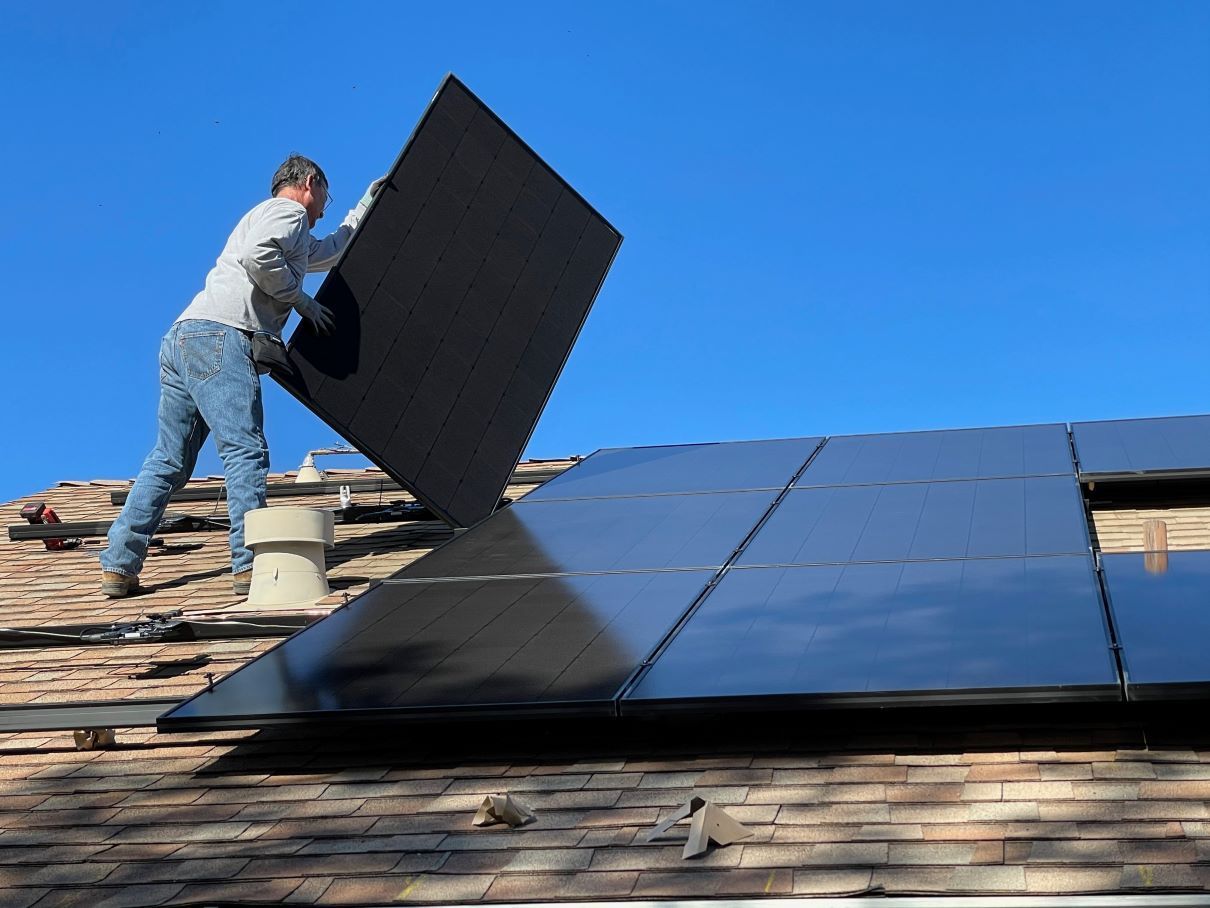Life Insurance FAQs
There’s nothing I love more than sharing reliable information about insurance with friends, family members, and clients so that they can make the best decision for their loved ones. And I’m sure you feel the same way! What better way than to relate answers to common questions I receive about life insurance. Life Insurance FAQs
That’s why, during this month of love, I wanted to reach out and share answers to a few questions I often receive regarding life insurance.
Life Insurance FAQs
1. Do I need life insurance if I’m young and healthy?
No matter your age, life insurance is more than a financial decision — it’s a simple and powerful way to provide for your family should the unimaginable happen. Plus, the earlier you invest in a policy and have peace of mind, the less expensive it will be.
2. Term life insurance vs. whole life insurance – which is right for me?
Term life provides coverage for a specific period, usually 10, 20, or 30 years. Once the period ends, the coverage ends. Term life is affordable because it’s temporary and has no cash value. If you need life insurance to replace your income during the years you’re raising children or paying off your mortgage, term life is an excellent option.
Whole life insurance provides coverage until death and includes a cash value. That said, whole life insurance premiums are much higher than term because coverage lasts for a lifetime, and the policy has an investment component with a guaranteed rate of return.
3. How much life insurance do I need, and what will it cost?
We typically recommend 6 to 10 times the amount of your annual salary. If you have children, consider adding $100,000 per child for college expenses. Another popular method of determining life insurance amount is multiplying your annual salary by the number of years left until you retire.
Factors such as age, gender, health history, family history, occupation, and hobbies impact how much life insurance will cost. While the numbers will vary, the 2022 national average cost of a $500,000, 20-year term life insurance policy for a 40-year-old is $26 a month. A whole-life policy will cost substantially more per month — as much as $575.
As with financial planning, it can get much more complex than these few simple questions. It is important to seek a qualified life insurance agent who asks the right questions to make sure you have the plan you need and want. If you have any questions or would like assistance with a life insurance quote, feel free to give me a call or respond to this email. I’m always happy to help you however I can. There is more to planning and Life Insurance FAQs can help. More information available at the link below.
The post Life Insurance FAQs appeared first on Select Source Insurance Group.




